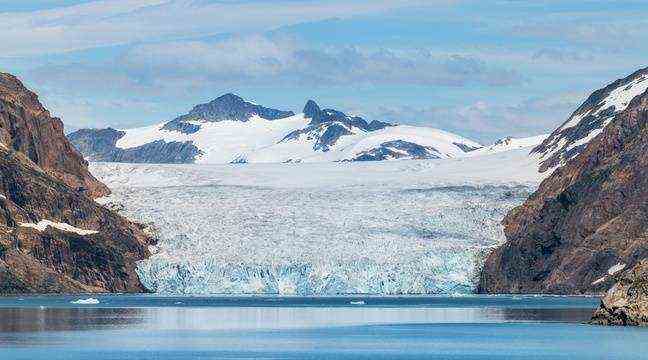This is one of the consequences of climate change. As reported Numerama, rains were observed for the first time on August 14 in Greenland. Usually it never rains in this area. This is indeed what the National Snow and Ice Data Center (NSIDC), the American center for information and reference on polar and cryospheric research, found. “On August 14, 2021, rain was observed at the highest point of the Greenland ice sheet for several hours, and air temperatures remained above freezing for about nine hours.”
Never had rain – instead of the usual snow – been recorded at this point of the globe. Summit station @NSF (Greenland), located at 72 ° north latitude and culminating at 3,216 m altitude, saw its temperature remain positive for 9 hours! ▶ ️https://t.co/rKQArFjopL pic.twitter.com/8o5jtjRIhr
– Météo-France (@meteofrance) August 19, 2021
Strong snowmelt observed
This is the third time in ten years that temperatures above the freezing point, that is to say close to melting, have been observed. On the other hand, it is the first time since the beginning of the observations, which began in the second part of the 20th century, that a rainy episode has been recorded.
These phenomena are linked to strong snowmelt observed in mid-August in Greenland. The rainwater (no less than 7 billion tonnes of water) and the unusual heat are said to have caused a significant loss of ice caps, even reaching areas that do not normally melt.
A phenomenon that will recur
However, this precipitation does not bode well. Indeed, when it freezes, rainwater, darker, absorbs the sun’s rays, unlike snow which, being very white, reflects them. It therefore risks melting more easily.
Unfortunately, this phenomenon is likely to occur more and more often. According to the latest report from IPCC, global warming would lead to an increase in precipitation across the globe, especially in the North Pole. Depending on the scenarios considered (+2 ° C, +3 ° C or +4 ° C), the Arctic would become a particularly rainy region.

